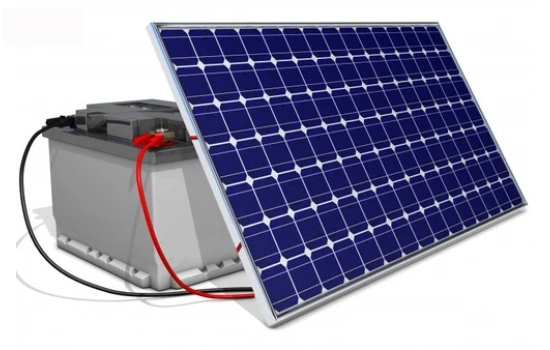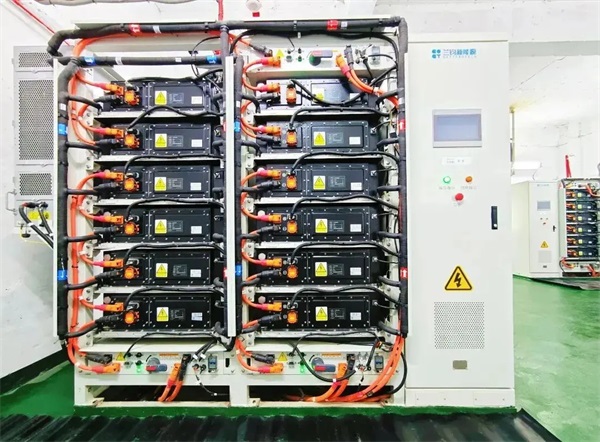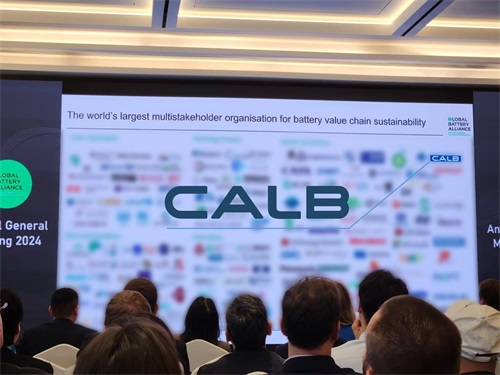3.2V Solar Battery: Everything You Need to Know for Efficient Solar Energy Storage
With an increasing global focus on sustainability and renewable energy, 3.2V solar batteries are becoming a key component in harnessing solar power for both residential and commercial use. These batteries allow for the efficient storage of solar energy and offer a reliable means to power devices when sunlight is unavailable. This guide provides an in-depth look into 3.2V solar batteries, including their working principles, benefits, applications, and maintenance.
Part 1: About 3.2V Solar Battery
A 3.2V solar battery is a type of rechargeable battery specifically designed to store electrical energy produced by solar panels. The “3.2V” refers to the nominal voltage of the battery, which is typically the voltage the battery maintains during regular operation. These batteries are most commonly made from lithium iron phosphate (LiFePO4), a material known for its high stability, safety, and long cycle life.

Key Components of a 3.2V Solar Battery System
1. Solar Panels: The core component responsible for capturing sunlight and converting it into electricity. The efficiency of the panels directly influences the system's performance.
2. Charge Controller: This device regulates the voltage and current from the solar panels to ensure the battery charges safely without overcharging or discharging too deeply.
3. Inverter: The inverter converts the direct current (DC) electricity stored in the battery into alternating current (AC), which is used by most household appliances.
4. Battery Management System (BMS): The battery management system (BMS) oversees the battery’s performance, ensuring safe operation by protecting it against overcharging, overcharging, and overheating.
Part 2: 3.2V Solar Battery Working Principle
The operation of a 3.2V solar battery is straightforward yet highly effective in storing solar energy. Here’s a detailed breakdown of the process:
1. Solar Energy Collection: Solar panels, made up of photovoltaic (PV) cells, absorb sunlight and convert it into electricity. The energy from the sun excites the electrons in the solar cells, creating an electric current.
2. DC Generation: The electricity produced by the solar panels is in the form of direct current (DC). Unlike alternating current (AC), DC flows in one continuous direction.
3. Charge Controller Regulation: The DC electricity flows into the charge controller, which adjusts the voltage and current to safely charge the battery. This step is crucial to prevent damage from overcharging or deep discharge.
4. Energy Storage: The 3.2V solar battery stores the energy generated during the day. This stored energy can then be used when sunlight is not available, such as at night or on cloudy days.
5. Inverter Conversion: Since most appliances operate on AC power, the inverter converts the DC electricity from the battery into AC, making it usable for household or commercial devices.
6. Energy Utilization: Once converted to AC, the stored energy is used to power appliances and devices, providing a continuous energy supply even during periods without sunlight.

Part 3: Advantages of 3.2V Solar Battery
1. High Energy Density: LiFePO4 battery provides a high energy density, which means they can store a significant amount of energy in a relatively small and compact form. This makes them ideal for installations with limited space.
2. Long Lifespan: Lithium iron phosphate batteries are known for their durability. They typically last for over 2000 charge-discharge cycles, reducing the need for frequent replacements and cutting down on long-term costs.
3. Enhanced Safety: LiFePO4 batteries are chemically stable and less likely to overheat, catch fire, or explode, making them safer than other types of lithium batteries.
4. Eco-Friendly: Unlike some other battery technologies, 3.2V solar batteries are free from harmful heavy metals and are recyclable, contributing to environmental sustainability.
Part 4: Disadvantages of 3.2V Solar Battery
1. Higher Initial Cost: The advanced materials and technologies used in LiFePO4 batteries make them more expensive to produce, which can result in a higher upfront cost compared to other battery types.
2. Size and Weight: While these batteries offer high energy density, they can still be bulkier and heavier than alternatives, such as lithium polymer batteries, which could be a challenge in space-constrained applications.
3. Temperature Sensitivity: Extreme temperatures can affect the performance and lifespan of 3.2V solar batteries. High temperatures can shorten their lifespan, while very cold conditions may reduce their efficiency.
4. Charging Time: Although these batteries generally charge faster than many others, they still require several hours for a full charge. This can be a limitation in situations where rapid recharging is needed.
Part 5: 3.2V Solar Battery Applications
1. Residential Solar Systems: Homeowners use 3.2V solar batteries to store excess solar energy generated during the day. This stored energy can then be used at night or during power outages, providing a reliable and cost-effective energy solution.
2. Off-Grid Systems: For people living in remote areas without access to the electrical grid, 3.2V solar batteries provide a crucial energy source, ensuring that essential appliances can operate continuously without interruption.
3. Commercial and Industrial Use: Businesses and industries are increasingly adopting 3.2V solar batteries as part of their sustainability efforts. These batteries help reduce energy costs, mitigate carbon footprints, and provide a backup power source during peak demand.
4. Portable Solar Chargers: 3.2V batteries are commonly used in portable solar chargers and power banks, offering a reliable way to charge devices while traveling or during outdoor activities.
Part 6: Choosing the Right Inverter for a 3.2V Solar Battery System
When selecting an inverter for your 3.2V solar battery system, consider the following:
1. Determine Power Needs: Add up the wattage of all devices you intend to power to determine how much power you need.
Example:
· Refrigerator: 150-200W
· LED TV: 60-100W
· Laptop: 50-75W
· Light Bulb: 10-60W
2. Select Inverter Type:
· Pure Sine Wave Inverters: These are ideal for sensitive electronics, providing clean and stable power but at a higher cost.
· Modified Sine Wave Inverters: These are more affordable and sufficient for basic appliances, but they are less efficient and may cause issues with sensitive devices.
3. Check Voltage Compatibility: Ensure that the inverter’s voltage matches your 3.2V battery system. Inverters are often designed for 12V, 24V, or 48V systems, so make sure your setup aligns.
4. Capacity: Choose an inverter with a capacity that exceeds your total power needs by 20-30%. For instance, if your devices require 1000W, select an inverter rated at 1300W or more.
5. Efficiency: Opt for an inverter with high efficiency (90% or above) to minimize energy loss.
6. Safety Features: Ensure the inverter has essential safety features, such as:
· Overload protection
· Short circuit protection
· Over-temperature protection
· Low battery alarm
Part 7: How to install and set up a 3.2V solar cell system
1. Choosing the Right Location: Install your solar panels in an area with maximum sunlight exposure, ensuring no obstructions like trees or buildings block the sun’s rays.
2. Mounting the Solar Panels: Secure the panels on a stable frame or rooftop. Angle and orient them to optimize sunlight capture for your geographic location.
3. Connecting Components: Connect the solar panels to the charge controller, the charge controller to the battery, and finally the battery to the inverter. Always follow the manufacturer’s guidelines for correct wiring and connections.
4. System Testing: Once everything is connected, test the system to ensure it’s functioning properly. Verify that the battery is charging and that the inverter is supplying AC power to your devices.
Part 8: How to make your 3.2V solar battery maintenance better
1. Regular Inspections: Inspect the entire system regularly for signs of damage or wear, checking the solar panels, wiring, and battery.
2. Clean Solar Panels: Keep the panels free of dust, dirt, and debris to maintain efficiency. Clean them periodically with water and a soft cloth.
3. Monitor Battery Health: Use the Battery Management System (BMS) to track the battery’s health, including its charge level, temperature, and overall condition.
4. Proper Storage: If storing the battery for a long period, keep it in a cool, dry place. Fully charge it before storage, and periodically top off its charge to maintain its condition.
Part 9: Common Issues and Troubleshooting
1. Battery Not Charging: Ensure that all connections are secure and check that the charge controller is working correctly. Also, verify that the solar panels are receiving adequate sunlight.
2. Reduced Battery Capacity: Over time, a battery’s capacity may decrease due to frequent deep discharges or overcharging. Avoid running the battery to its extreme limits to prolong its life.
3. System Overheating: If the system overheats, check for adequate ventilation around the battery and inverter. Ensure that these components are not exposed to direct sunlight or confined in a poorly ventilated space.
Sum up
This guide provides a thorough understanding of 3.2V solar batteries, helping you make informed decisions regarding their use

